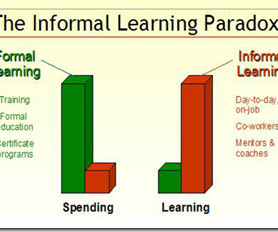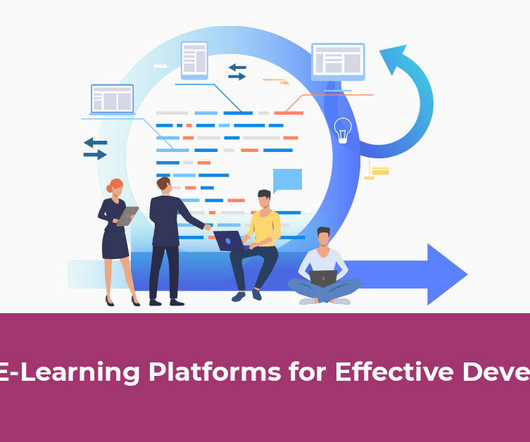3 Trends of Digital Education
LearnDash
APRIL 27, 2014
In 2010, digital textbook sales accounted for only 1.5% million people (2002) to 6 million (2009). I suppose there could be a variety of defining figures, but there are three trends in particular that the digital education trend brings to the traditional teaching methodology – all improve learning outcomes. of textbook sales.














































Let's personalize your content